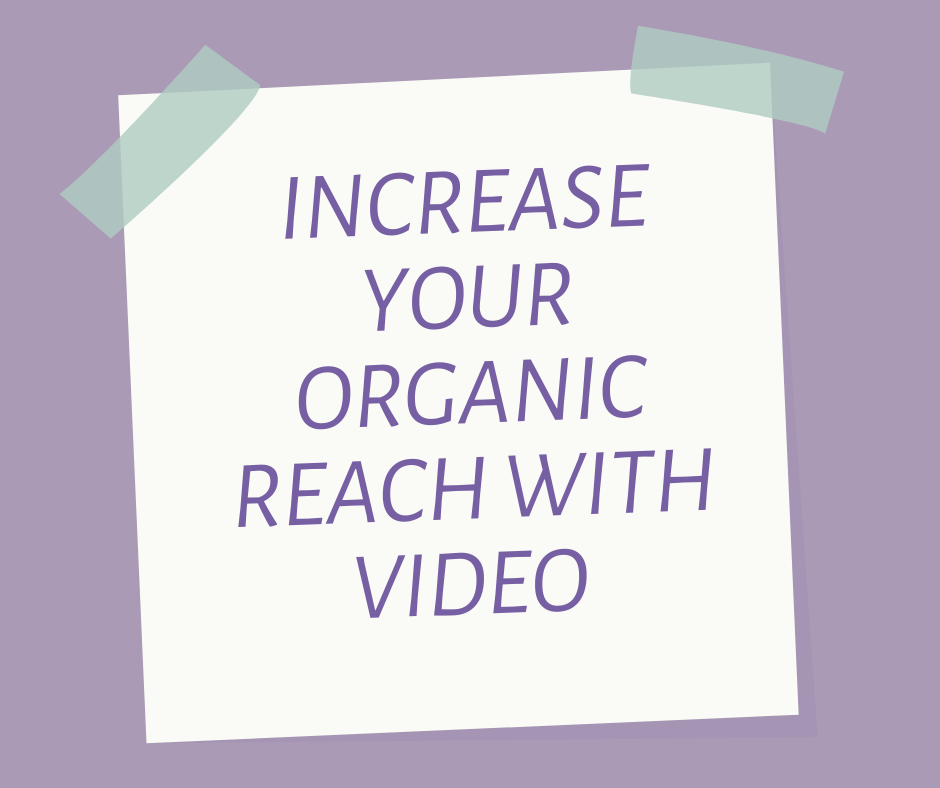The head of Instagram, Adam Mosseri, recently announced that Instagram is no longer just a photo-sharing platform. This announcement created some confusion, but is no cause for alarm. Since the release of Reels, Instagram has been leaning further towards short form video. Today, I’m going to talk about how to make a high quality Reel.
What is a Reel?
A Reel is a short-form video on Instagram that is under one minute. They are designed to entertain and have a strong organic reach.
Three Steps to Make High Quality Reels
Hook your Audience in the First Three Seconds
Attention spans on social media are extremely low. In order for your Reel (or any social media content) to be successful, you have to stop the scroll. This means catching their attention quickly by quickly stating the problem you are going to solve for the watcher.
Provide Value in Your Video
Although “value” has become a bit of a buzzword, this just means that you are not creating fluff. Share content that entertains, informs, or inspires so your audience can see the value you have to offer.
Your hook gets people to your video, but the value provided is what makes them stay and consume more of your content.
Use a Call to Action in Your Reels
People will not engage with your content in the way you want them to unless you tell them how to do so. If you want people to comment, tell them! All of your Reels should have a CTA to maximize your engagement.
Do I Have to Make Video Content?
You do not have to make video content, but you should. Video content has consistently been shown to be more engaging and effective than other types of content on social media. People enjoy consuming short-form video content which is why TikTok has been such a success.
Pro-tips for High Quality Reels Content
Create a series around something you are passionate about and knowledgeable in. You do not have to dance or point to make a Reel that performs well, you just need to show up consistently with valuable content.
If you have any questions about how you can use Reels in your social media strategy, please contact us.
Other Helpful Posts
Instagram Insights: A Beginner’s Guide
Expanding Your Organic Reach on Instagram: Video Content
3 Social Media Metrics That Do Not Matter
Social Media 101: TikTok and Book Promotion




